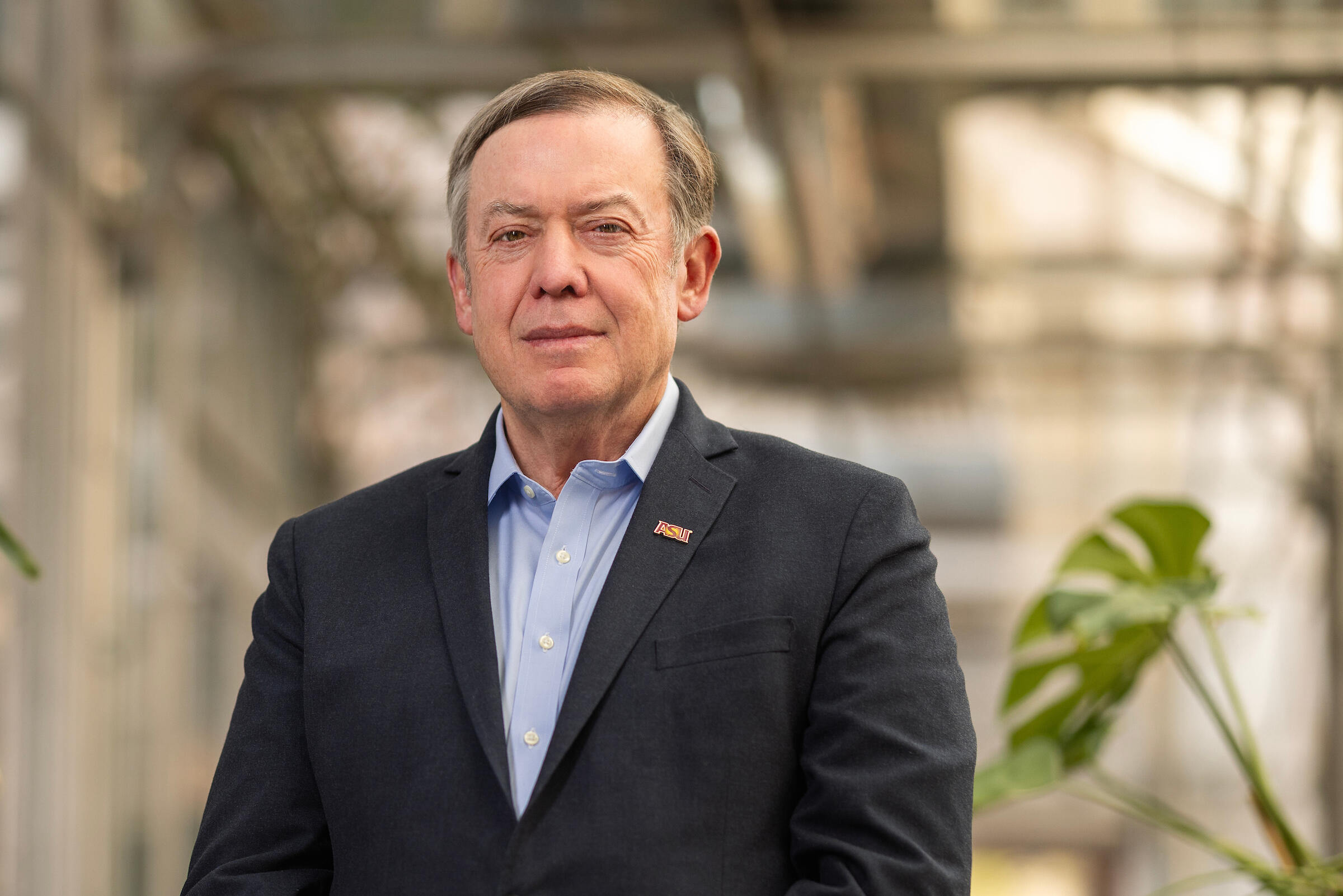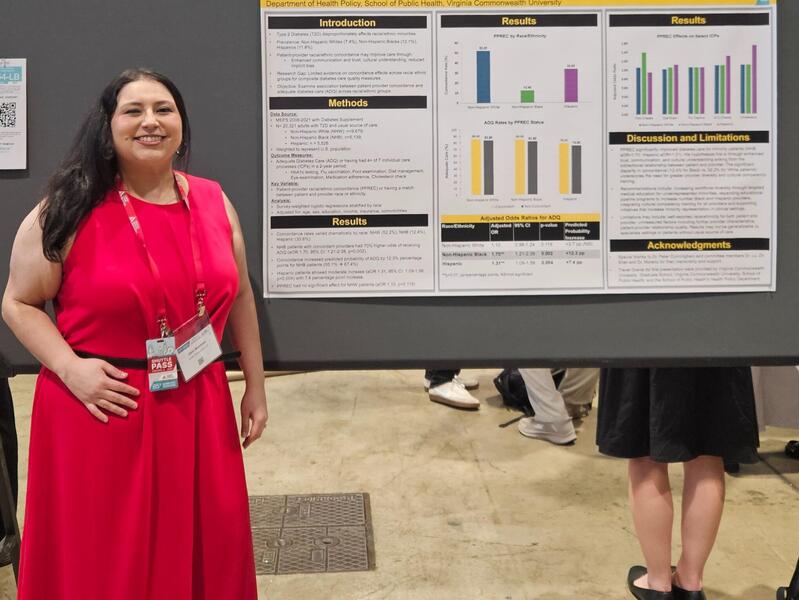
Feb. 14, 2025
Arizona State President Michael M. Crow to give inaugural educational leadership talk
Share this story
Throughout his career, Michael M. Crow has dedicated himself to innovation in higher education. Now, the Arizona State University president will share his vision for the future as the inaugural guest speaker in a lecture series created by the Department of Educational Leadership in Virginia Commonwealth University’s School of Education.
The Distinguished Leadership Lecture Series, which will be held monthly during the fall and spring semesters, aims to bring together leaders in education, leadership and policy to foster dialogue and bridge the gap between universities and their communities.
In his “Leading for Innovation” virtual address on Feb. 18, Crow, Ph.D., said he will “explore the responsibility we have to spur creative innovation at every level of our institutions, and the kind of innovations, both in and out of the classroom, that are needed to propel lifelong learners and our nation forward.”
“To educate at scale,” he added, “higher education needs to adopt an innovation mindset and embrace collaboration in order to develop the environments, technologies and pathways that the future of learning will require.”
Since joining ASU in 2002, Crow has led the university’s rapid evolution as the model “New American University,” a framework he conceptualized as a path to transform higher education for the modern age. He spoke with VCU News about the state of higher education and where he sees room for growth.
As the first guest in the series, what is the thrust of your message?
First, let me say that it is an honor to give the inaugural Distinguished Leadership Lecture Series talk and to have the opportunity to discuss leading for innovation.
Knowledge creation is moving at unprecedented speed, and the needs and expectations of learners are evolving just as quickly. At the same time, the opportunities and complex challenges facing society are also multiplying, but the rate of change in higher education remains slow. The majority of educational institutions have not reassessed or adjusted their organizational design to accommodate the new era of learning we find ourselves in now.
Arizona State is the model “New American University” – what are key elements of that template?
The New American University is a unique design that simultaneously pursues comprehensive excellence, broad educational access and meaningful social impact.
Arizona State is driven by its charter, which states that we measure ourselves by whom we include instead of whom we exclude, our advancement of use-inspired research, and accountability for the overall success of the communities we serve.
We are also guided by a set nine design aspirations that are integrated across the university to help fulfill our charter. Among them are our commitments to entrepreneurship, student success, transdisciplinary collaboration, global engagement and principled innovation. Students are our central focus, and we embrace technology as a way to be of greatest service to the individual and to society.
How can higher education continue to evolve?
While some question the value of a college degree, there remains a growing demand for higher education, particularly as technology, the workforce and global challenges grow in complexity. We need enhanced college attainment if we hope to solve problems and improve lives – but our probability of achieving such goals with existing structures, tools and technologies is not realistic.
We need new academic models designed around an animating purpose that are structured in innovative ways to pursue and attain their aspirations. We need institutions that are self-aware, capable of operating at different clock-speeds, able to be nimble and entrepreneurial, open to collaboration, and that can personalize education for learners of any age, no matter their location.
There is no single, fool-proof template. We must work together and share knowledge to design the institutions that speak to the needs of their communities and maximize their strengths. These are complicated and difficult charges, but they are necessary if we want to prepare for and excel in the future.
Subscribe to VCU News
Subscribe to VCU News at newsletter.vcu.edu and receive a selection of stories, videos, photos, news clips and event listings in your inbox.







